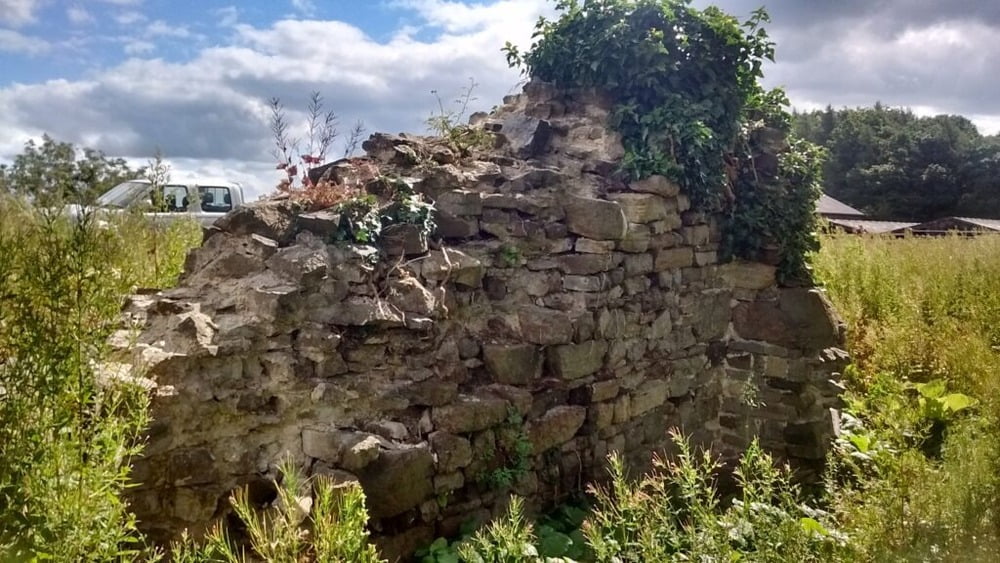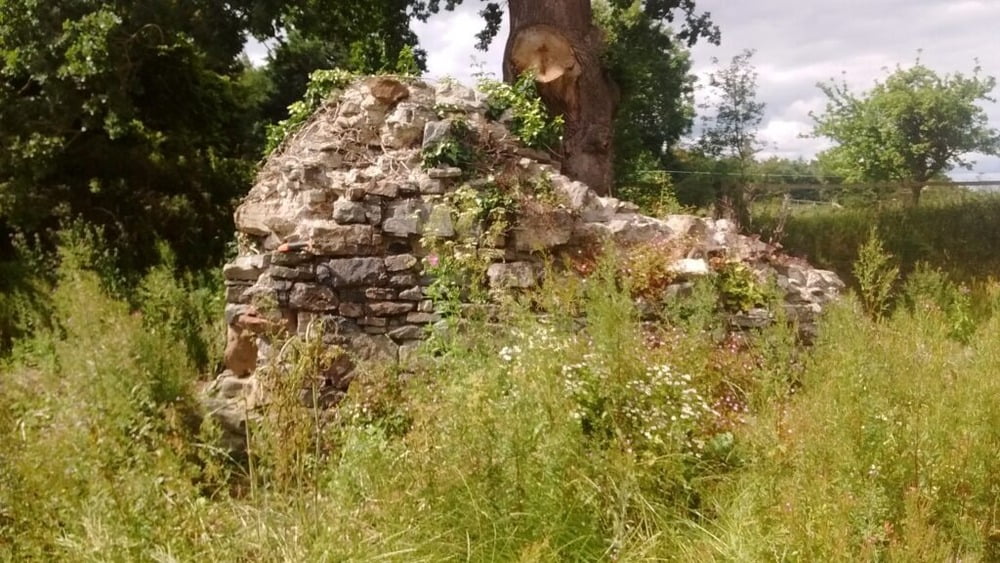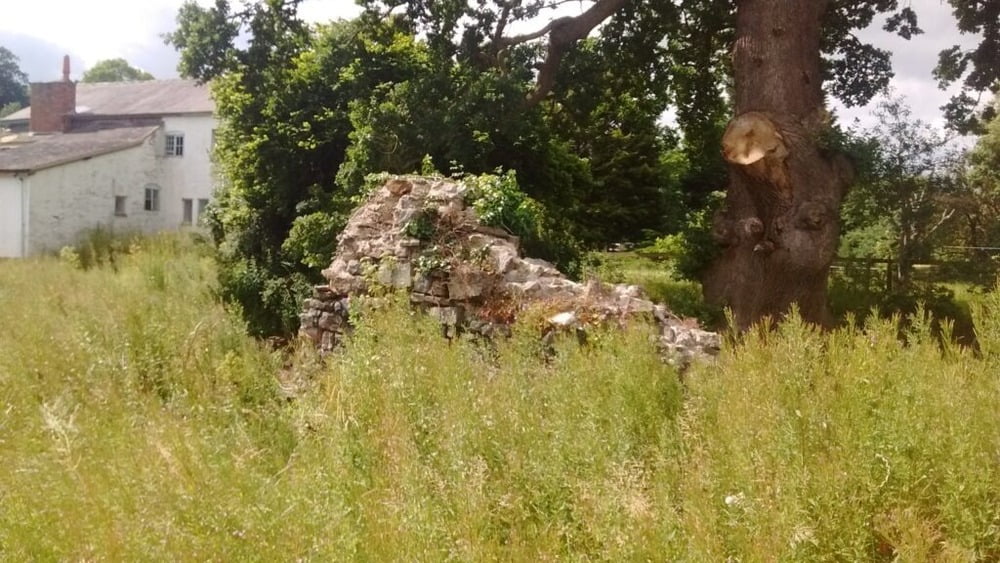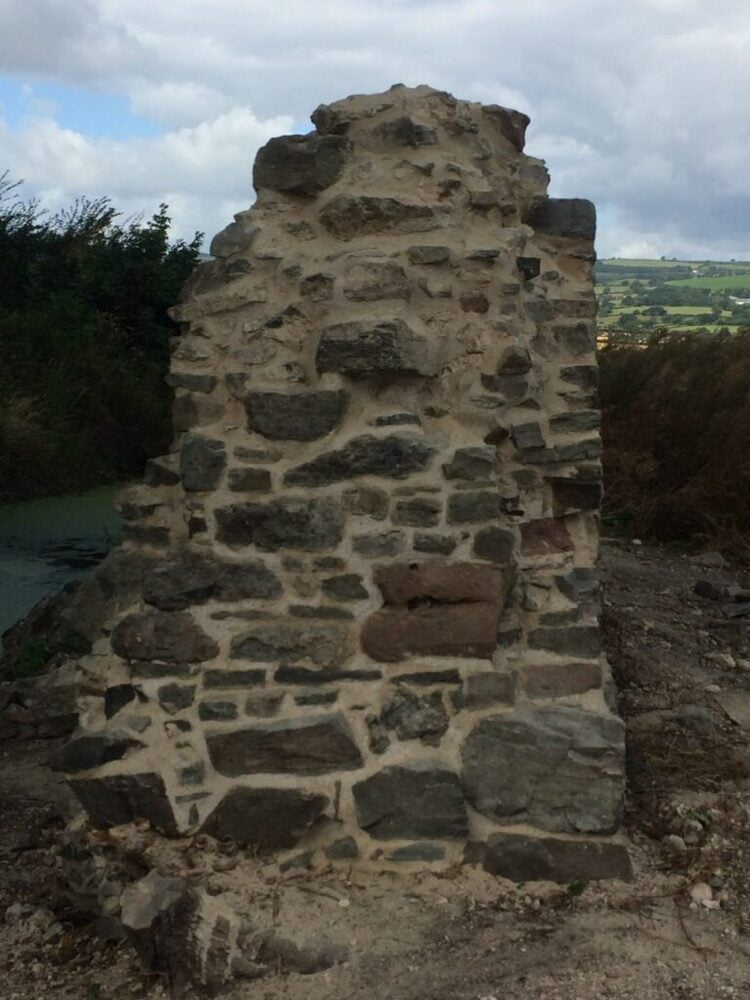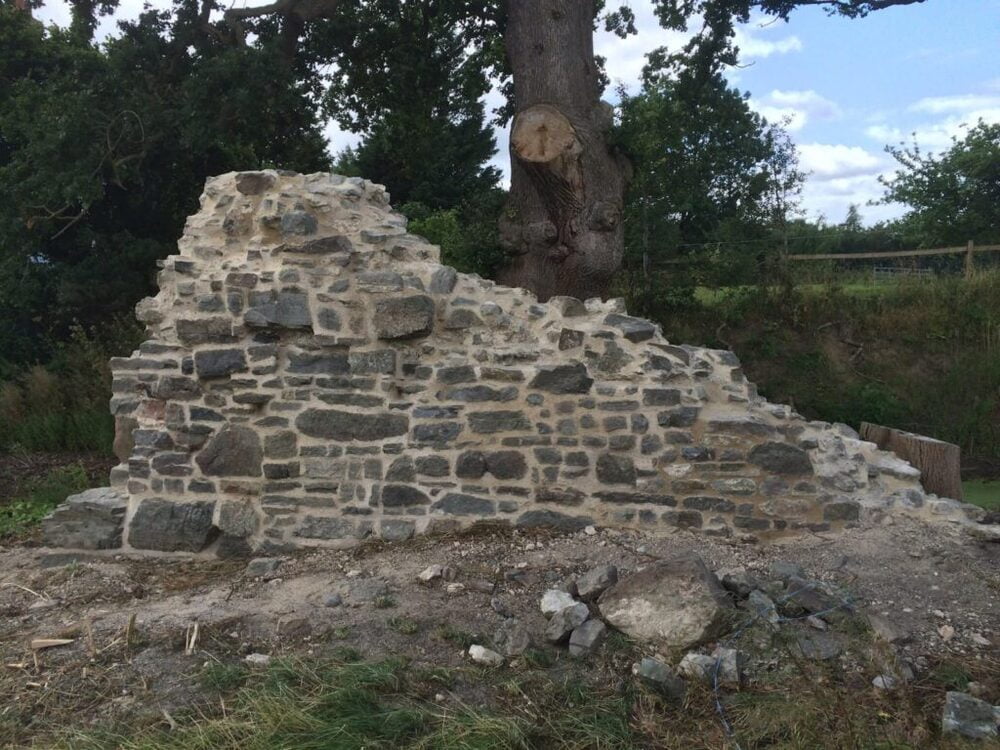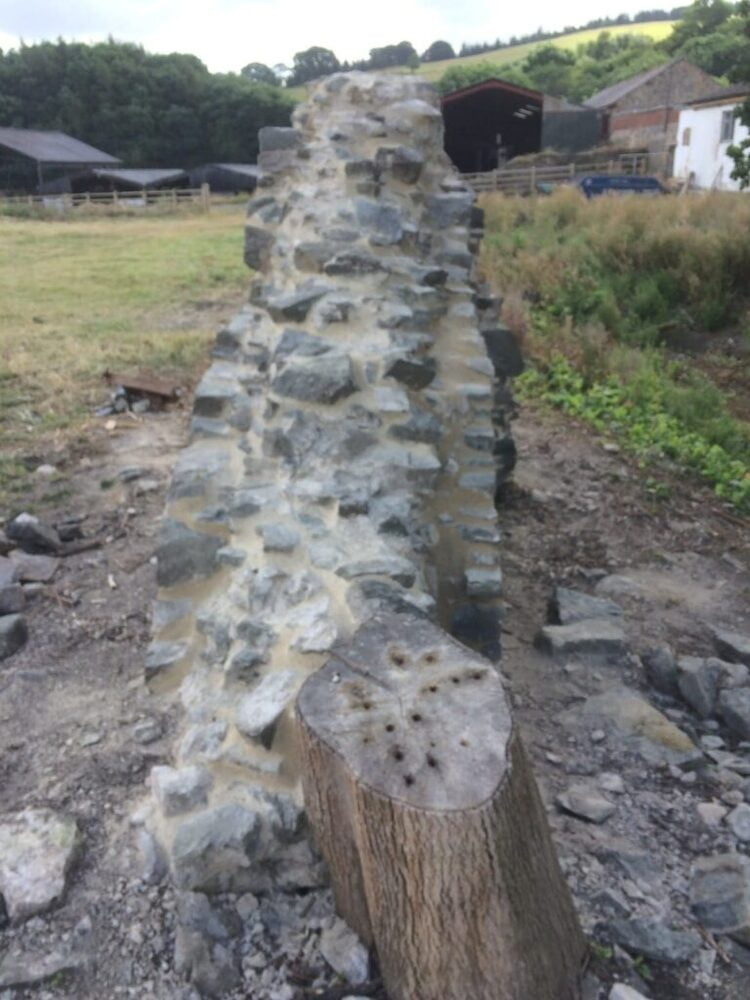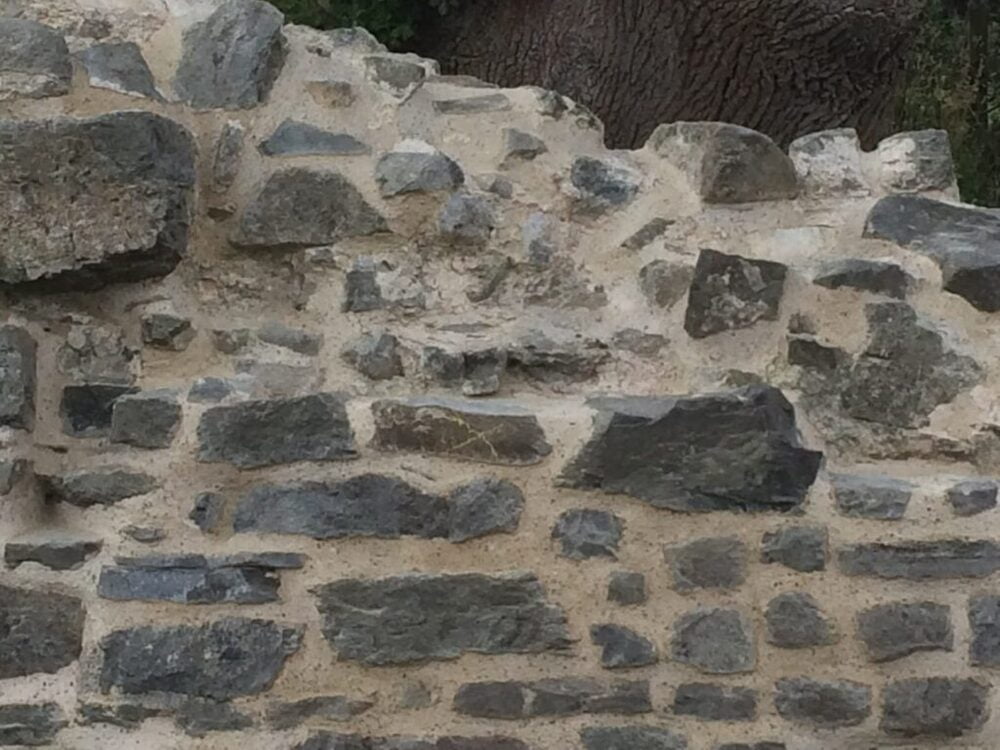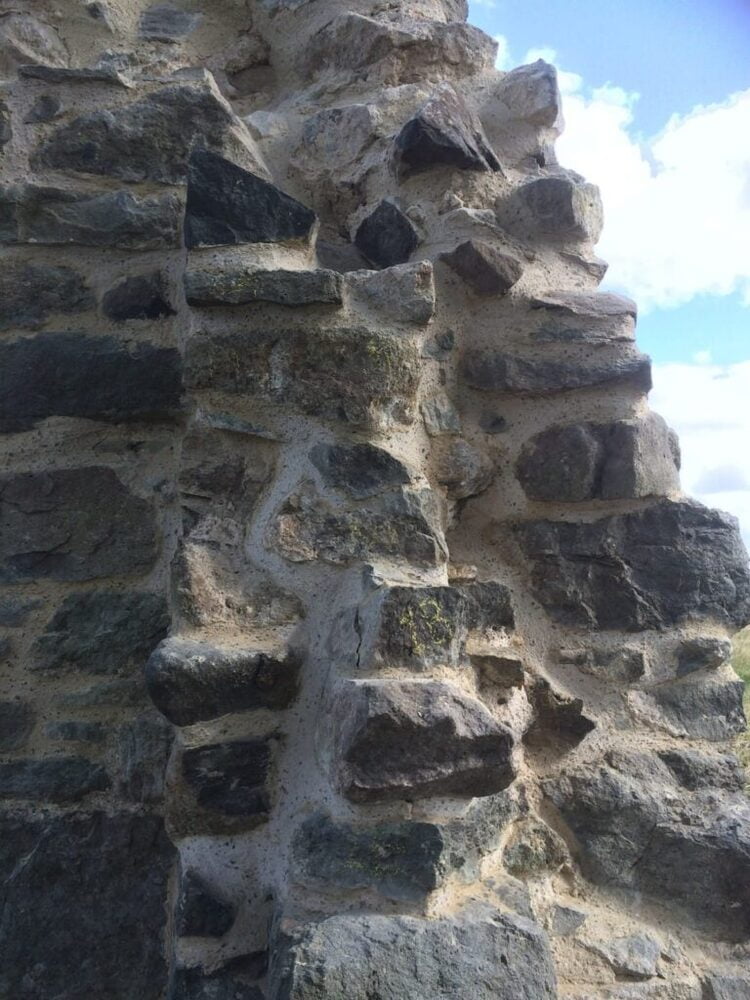Moated site at Leigh Hall
Moated site at Leigh Hall
In 2016 McMillan & Holder were commissioned to conserve, preserve and consolidate the moated site. It is considered to be part of the manor of Leigh, probably constructed in the early 14th century by Robert Corbet, who by 1324 had become the local Member of Parliament. The Corbets of Leigh held the manor until 1748. By 1667-68 the manor house was described as ‘lately burnt, destroyed or demolished’, possibly the result of damage in the Civil War. The adjacent farmhouse at Leigh Hall, constructed in the late 17th century, was built to replace the former manor house. It is a Listed Building Grade II and not included in the scheduling.
Around 6,000 moated sites are known in England. They consist of wide ditches, often or seasonally water-filled, partly or completely enclosing one or more islands of dry ground on which stood domestic or religious buildings. In some cases the islands were used for horticulture. The majority of moated sites served as prestigious aristocratic and seigneurial residences with the provision of a moat intended as a status symbol rather than a practical military defence. The peak period during which moated sites were built was between about 1250 and 1350
- Gallery
